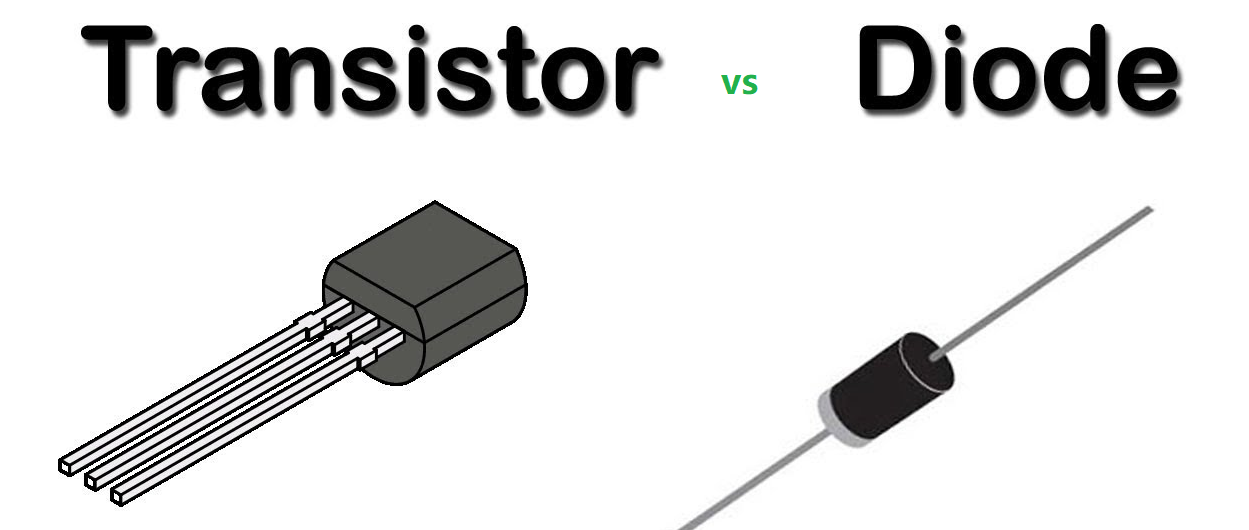Digital circuits are electronic circuits that operate on digital signals or binary inputs (0 and 1) and produce binary outputs. These circuits are the foundation of modern electronic devices and computing systems. Here are some basics of digital circuits:
Logic Gates: Logic gates are the most basic components of a digital circuit. They have two or more inputs and they produce one output.
- OR gate
- AND gate
- NOT gate
- NAND gate
- NOR gate
- XOR gate
- XNOR gate
Logic gates are basically of three types:
- Basic gates: In this type of gates, we can represent the boolean functions either in the sum of products form or in the product of sums form. The basic logic gates are AND, OR and NOT gates.
- Universal gates: These are the logic gates using which all other gates can be constructed. NAND and NOR are the two universal gates.
- Special gates: EX-OR and EX-NOR are the two special gates as they are the two special cases of OR and NOR gates.
- Half adder
- Full adder Adder
- Oscillator
- Flip-flop
- Reset-Set (RS) flip-flop
- Level-triggered D-type flip-flop
- Flip-flop with clear input
- Edge-triggered D-type flip-flop
- Edge-triggered D-type flip-flop with preset and clear inputs
A digital circuit comprises various components each of which is used to perform a specific task.
These components are of two types:
- active components
- passive components.
The active components are the diodes and transistors while the passive components are the registers, inductors, capacitors, etc. Along with that, a power source is also required which is used to provide DC power supply to the circuit.
Various measurement and analysis instruments can also be implemented in the circuit.

Here, we have discussed some of the basic components of an electronic circuit:
Diodes: Diodes are used to allow the flow of current in a particular direction only. Diodes are made up of semiconductor materials.
Transistor: Transistor is basically a semiconductor device that has three terminals. It can be used as an amplifier or a switching device.
Resistor: A resistor is a passive component that is used to oppose the flow of current in a circuit. Resistors follow Ohm’s law. Resistors are of two types: Fixed resistors and variable resistors.
- In a fixed resistor, we are not able to alter the value of resistance.
- In a variable resistor, the value of resistance can be changed as per our requirement.
Capacitor: A capacitor consists of two conducting plates between which there is an insulator. Capacitors are mainly used to store electrical energy in an electric field.
Inductors: Inductors are used to store electric energy in a magnetic field. It is also used to resist changes in current.
Battery: Battery is another important component of an electronic circuit which is used as a source of power. A battery converts chemical energy into electrical energy.
Switch: A switch is another component of an electric that is capable of regulating the flow of electric current through the circuit.
Digital circuits have revolutionized the field of electronics and are used in various applications ranging from small electronic devices to large-scale computer systems. Understanding the basics of digital circuits is essential for anyone interested in the field of electronics.